Saffron is one of the most expensive cash crops among medicinal plants in the world and thus it has been called “the red gold”. It has been known for more than 4000 years and was used mostly in traditional medicine as a tonic agent and antidepressant drug.This spice is obtained from dried red stigmas of Crocus sativus L. flower and it is appreciated in the food industry to dye and perfume different dishes (i.e. ‘paella’ in Spain, ‘Milanese risotto’ in Italy, ‘Lussekatter’ buns in Sweden) and alcoholic beverages due to its colouring, flavouring and aroma capacity. Recently, the use of spices and functional foods has increased in the everyday diet for the prevention of chronic diseases or cancer. In particular, saffron is attracting attention from consumers thanks to its beneficial properties for human health.

Saffron can represent an income supplement, allowing the diversification of production, multifunctionality of farms and promotion of gastronomic tourism in sustainable agriculture. Saffron yield has dramatically fallen due to different problems, and so new investigations have paid attention to the improvement of stigma yield and quality through the choice of corm geographical origin as well as agronomic practices such as fertilising and use of biostimulants that can increase water and nutrient retention capacity.
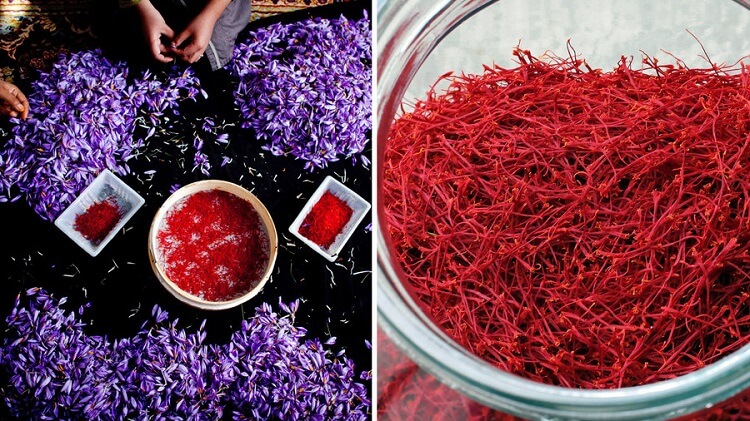
To increase crop profitability, many researchers have focused their attention on the valorisation of saffron by-products, such as tepals, stamens, styles, leaves and corms. Saffron respects the principles of the circular economy because its by-products can safely be returned to the soil in the form of organic fertiliser and can provide additional value as sources of food supplements.
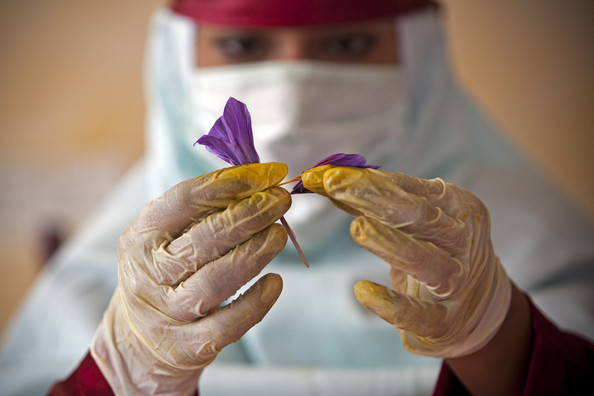
In the literature, no reviews on saffron including by-products properties and uses have been reported. Therefore, this work aims to
summarise, through recent studies, the history, world production, economic, genetic and botanical traits, agronomic management techniques (i.e. corm planting, flower harvesting), spice production methods (drying and storage), quality, beneficial properties of the saffron and its by-products.
History and traditional uses
Saffron is a very ancient spice and for almost four millennia it has been used in the treatment of 90 medical indications. Its dyeing, food and medicinal properties were mentioned by Homer (Iliad, Book IX and XII), Virgil (Georgian, IV 182), Hippocrates, Pliny (Naturalis Historia, XXI, VI), Ovid (Metamorphosis) and in the Old Testament’s “Song of Solomon”. In ancient Egypt (3100 B.C. to 476 A.D.), the first document which attested to its knowledge and use was the ‘Papyrus Ebers’ of the XV century B.C.. Assyrians and Babylonians used saffron in the treatment of dyspnea, head, menstruation, delivery and painful urination (Assurbanipal library, 668–627 B.C.). Saffron was used also by Cleopatra (69–30 B.C.) as a weapon of seduction, and by Semiramides as decoration in the Babylon’s hanging gardens.
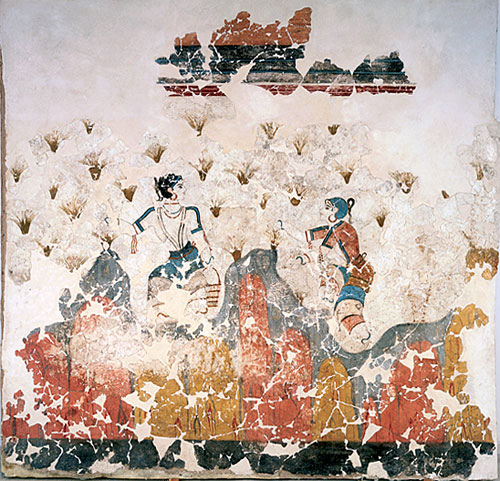
In Iran, the first cultivation of saffron was in the Zagros and Alvand mountains during the Kingdom of Media (708–550 B.C.). It was used
with wine to prevent hangovers, for the treatment of erysipelas as well as a diuretic, anti-inflammatory and sedative.
In Crete, it was evidenced by the parietal representations of the Minoan Palace of Knossos (1600 B.C.) with maidens gathering saffron
flowers. In India, its presence was reported in the third century A.D. by Wan Zhen, a Chinese medical writer. Saffron was used to colour the robes of Buddhist monks and in Ayurvedic medicine as carminative, emmenagogue, febrifuge, and anti-anxiety medicine as well as to cure arthritis, dysmenorrhea, asthma, and coughs. In China, some authors indicated the saffron origin with Mongol invaders and others reported its first presence in the third century A.D. used as a heart stimulant, anti-bacterial and anti-fungal agent.
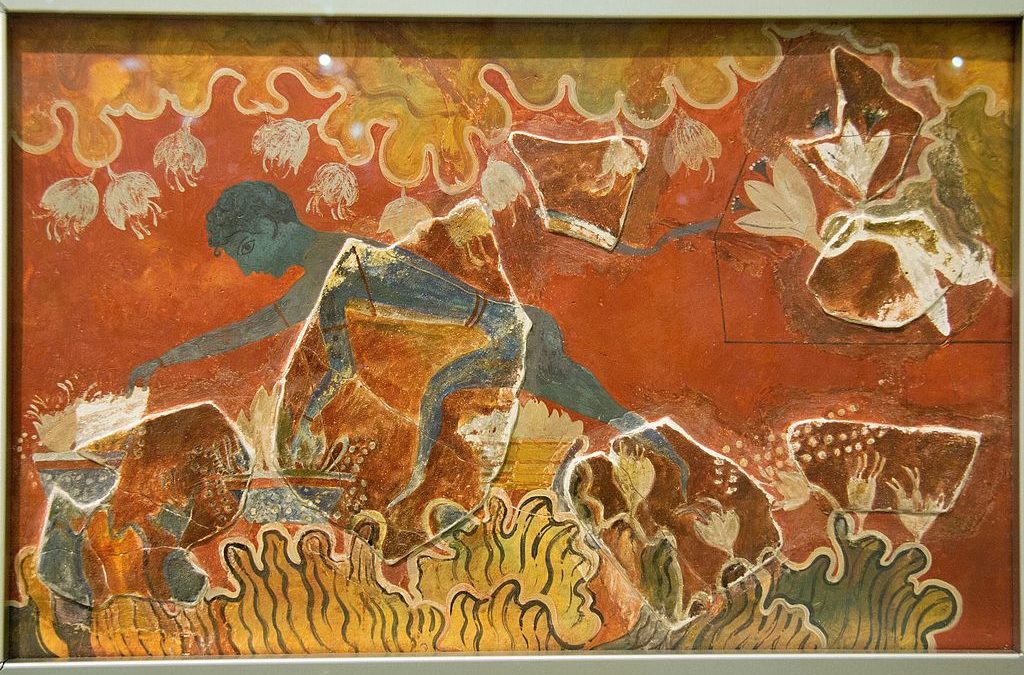
In ancient Rome (753 B.C. to 364 A.D.) saffron was used to perfume temples in the occasion of religious ceremonies and was one of the ingredients for the medical preparation against the plague, cough and chest pain as well as to enhance liver, kidney and lung function. In the
richest domus, diners sat on pillows filled with tepals and bathed in saffron-scented water. In Europe with the fall of the Western Roman Empire and the arrival of barbarians (fifth century A.D.), saffron cultivation declined. The spice was returned to the West thanks to the Arabs who introduced the crop in Spain from where it later spread to Europe (tenth century A.D.). In Italy, saffron was probably introduced by the Dominican Friar Santucci of Navelli (fourteenth century A.D.), who stole a saffron plant from Spain and planted it in Abruzzo (L’Aquila). During the medieval period, saffron was also cultivated in Sicily (Zafferana Etnea) and in the Tuscany and Umbria regions, where it was described in the epic “De Croci cultura” by a humanist of Spoleto. During the fifteenth century, severe measures were taken against counterfeiters such as Cobst Finanken of Nuremberg who was burnt alive to have altered saffron with other types of plants .

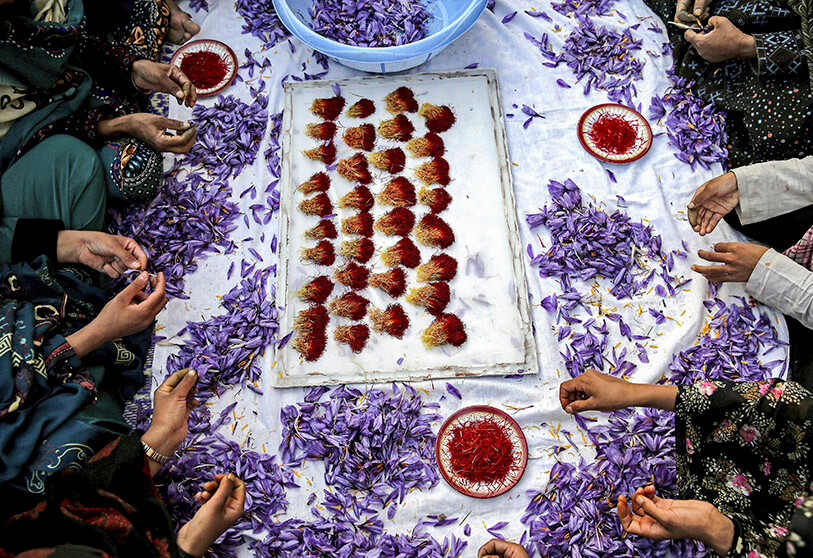

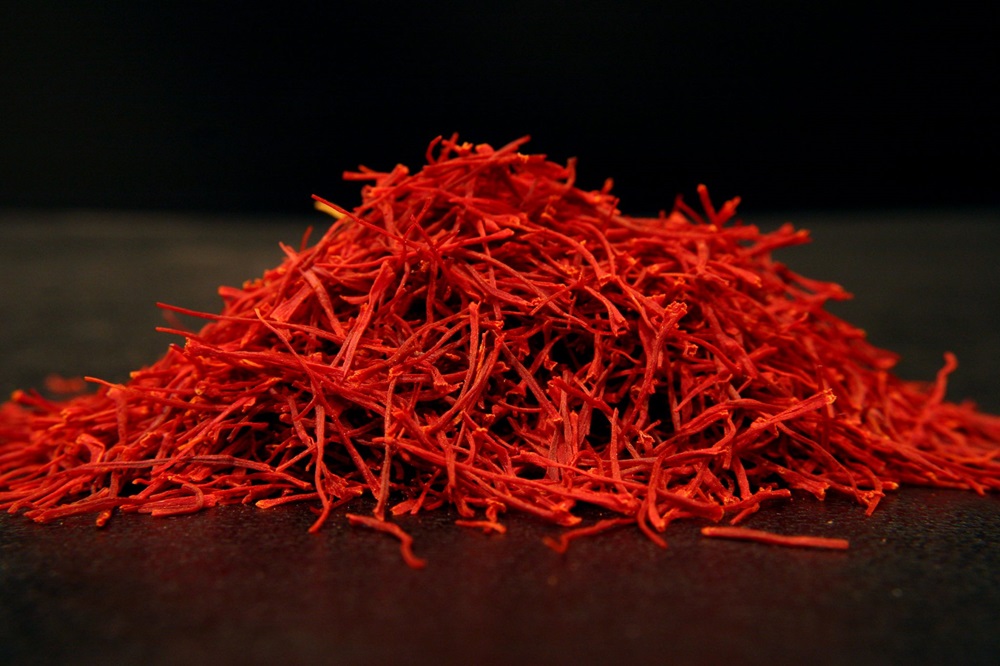
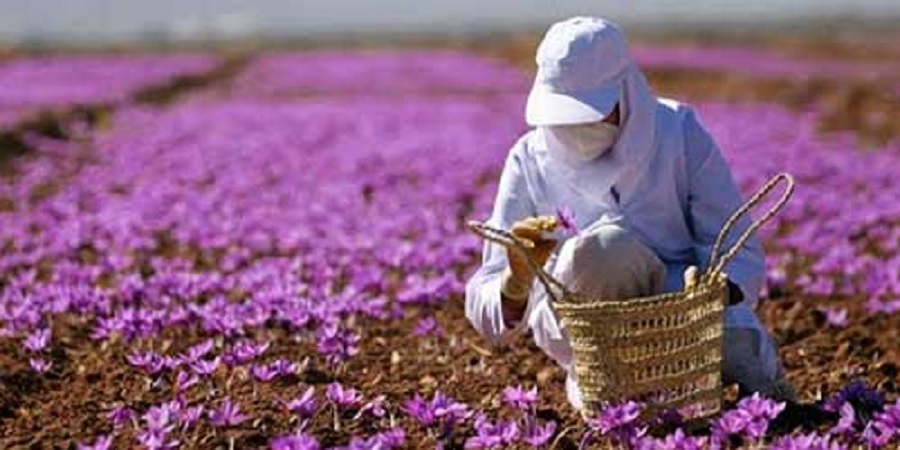

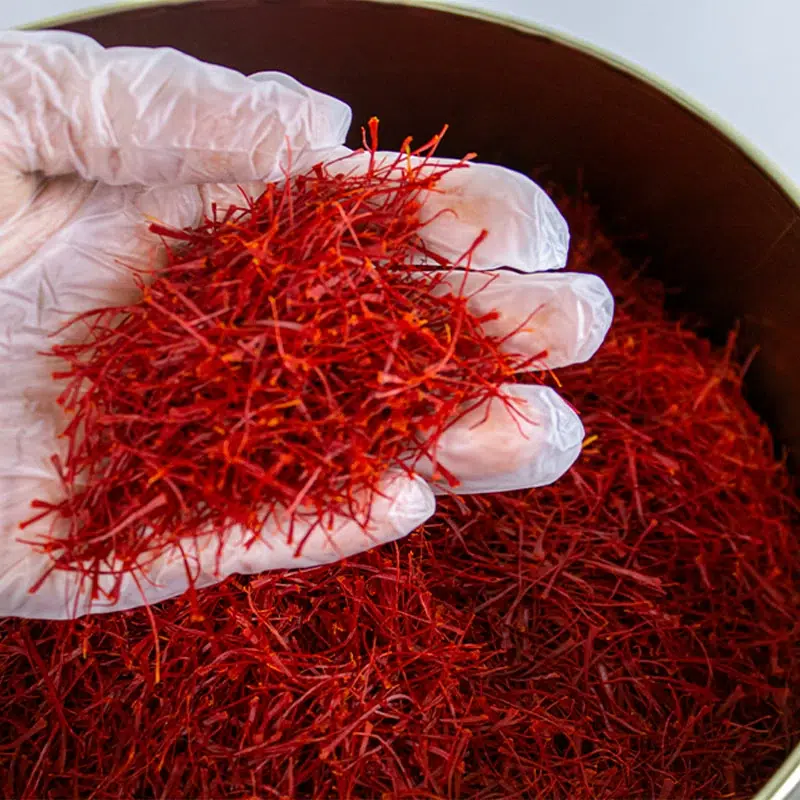
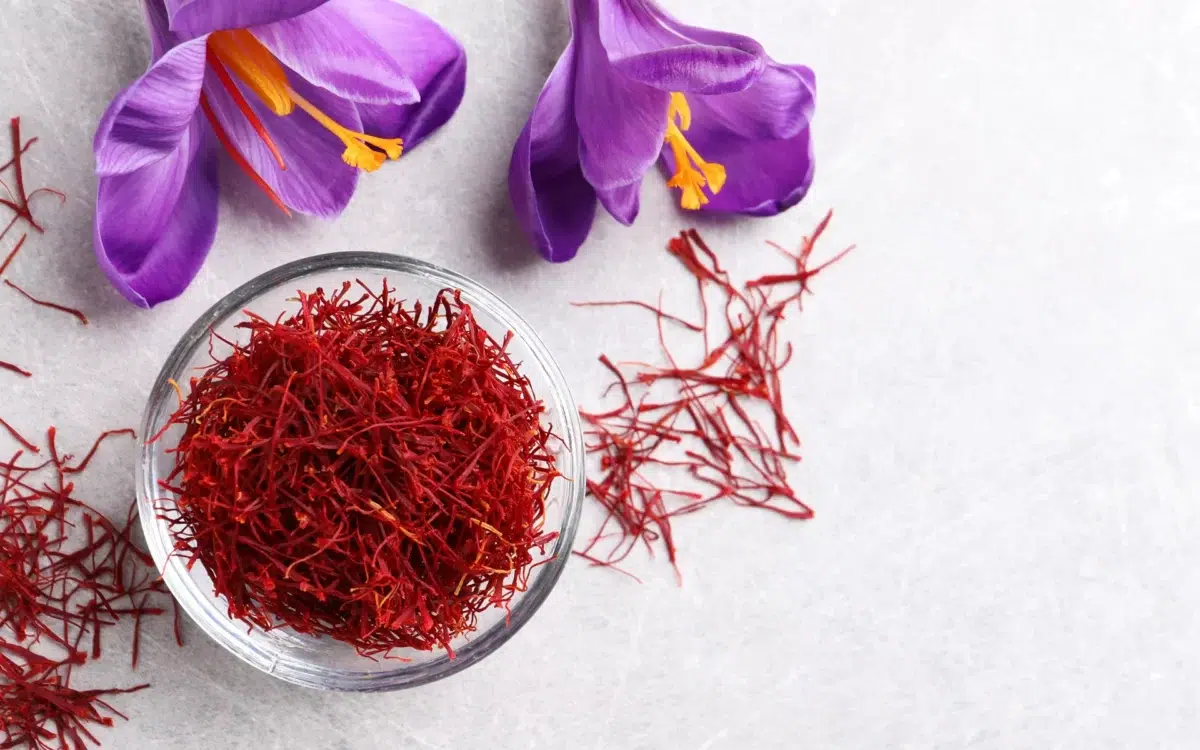
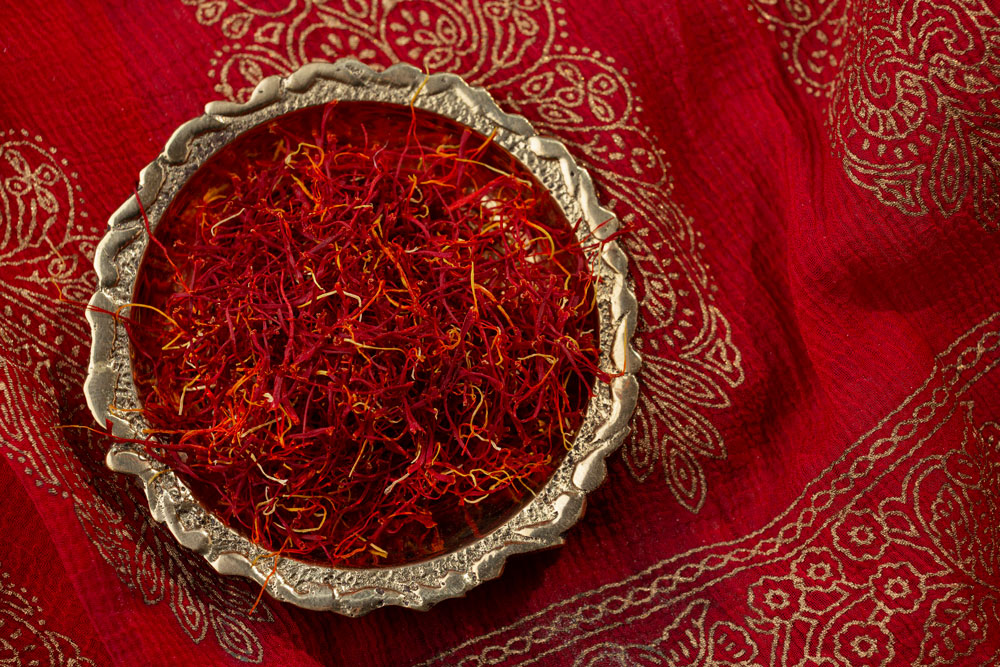
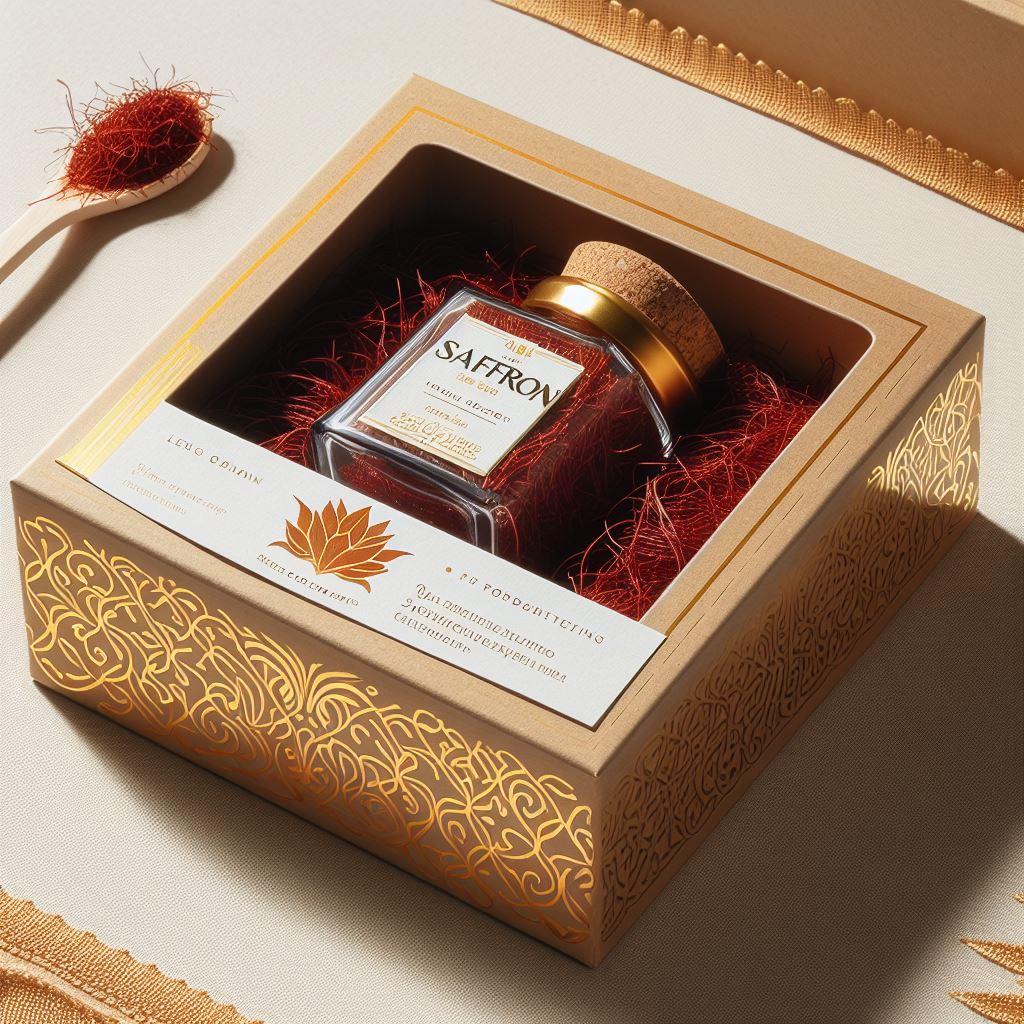
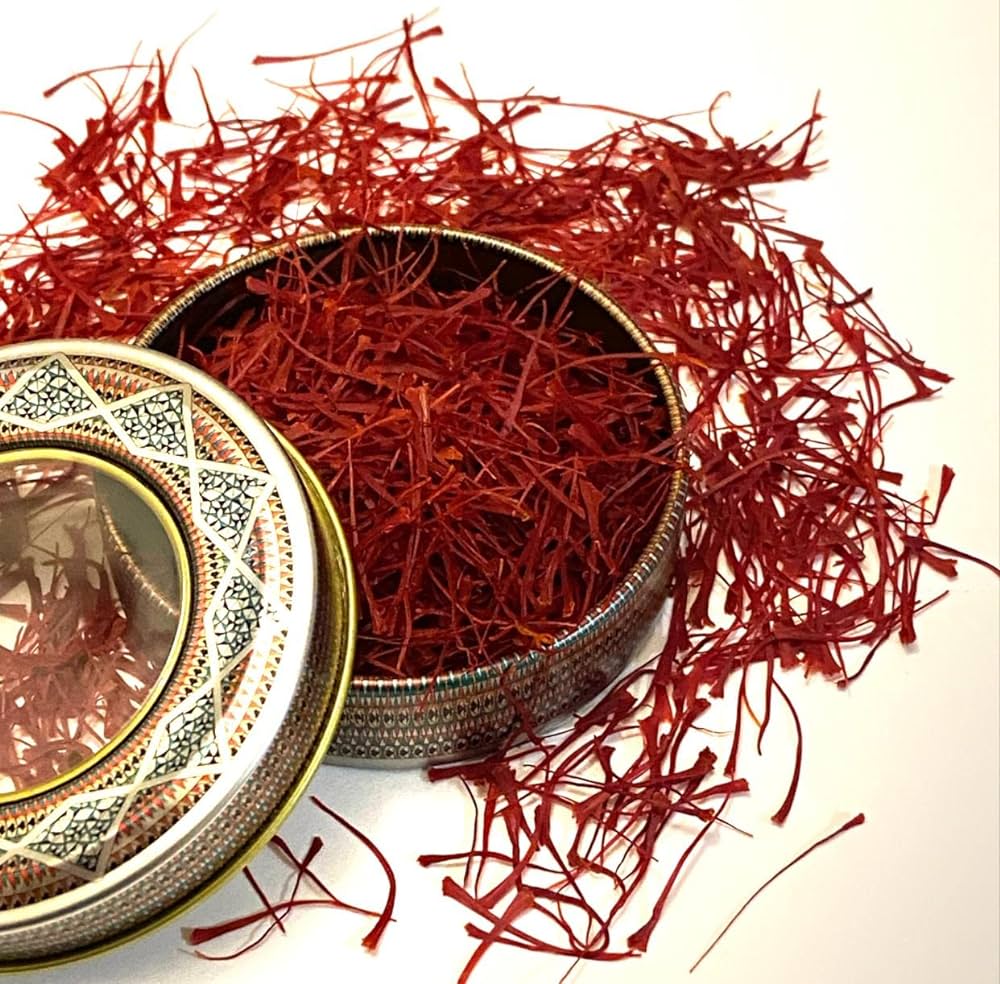

it’s fantastic. go on and don’t give up. saffron is the king of spices.